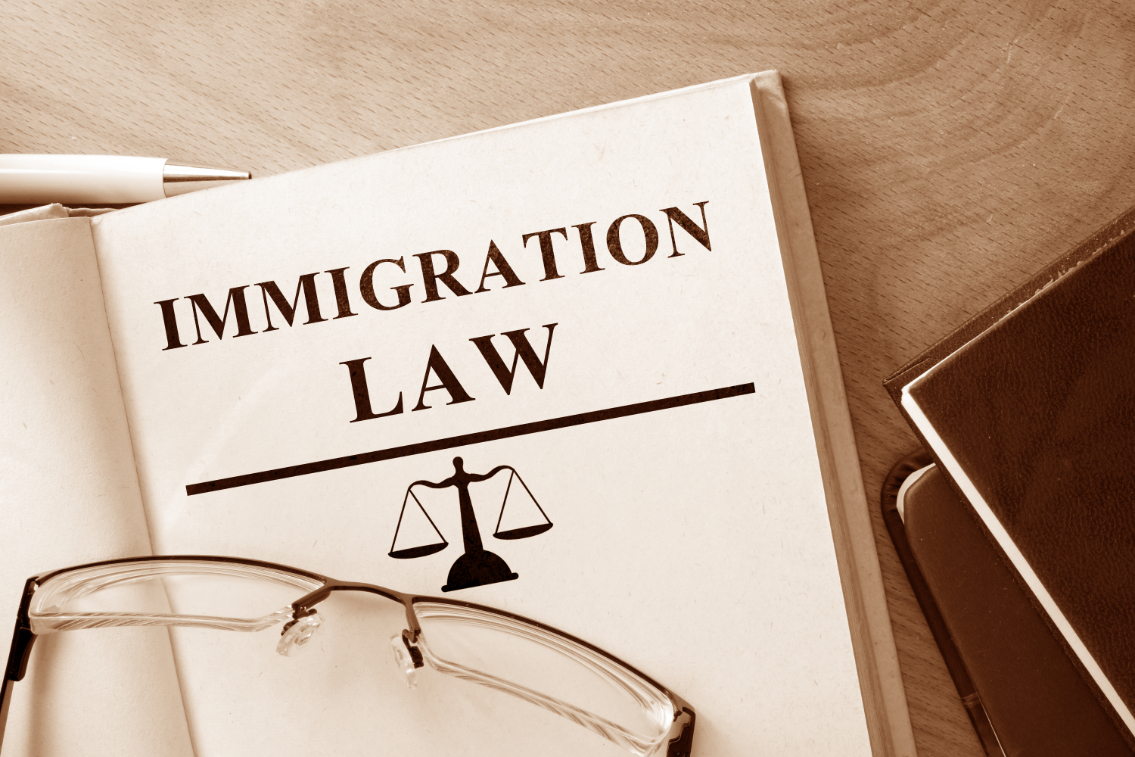
Understanding Family-Based Immigration: A Journey of Love and Legalities
The notion of family is deeply embedded in the American ethos. The idea that families can reunite or remain together on U.S. soil is what drives many individuals to pursue family-based immigration. This process is not just a bureaucratic necessity; it is a lifeline for countless families yearning for stability, love, and a shared future. However, the path to securing a family green card is often fraught with complexities that can be daunting for those unfamiliar with immigration law.
In this blog, we will explore the multifaceted dimensions of family-based immigration, focusing on the eligibility requirements, the application process, and the potential pitfalls that applicants must navigate. Whether you are a U.S. citizen seeking to bring a spouse or child to America or a lawful permanent resident wanting to reunite with your family, understanding these intricacies can make all the difference.
Who is Eligible for Family-Based Immigration?
Family-based immigration is primarily categorized into two main groups: immediate relatives and family preference categories.
Immediate Relatives: This category includes U.S. citizens’ spouses, unmarried children under the age of 21, and parents. The beauty of this classification lies in its lack of annual caps, meaning that there is no limit on the number of visas that can be issued to immediate relatives each year. This expedited process can offer a quicker route to permanent residency for those who qualify.
Family Preference Categories: This group includes other family relationships that do not fall under the immediate relatives category. These relationships include:
– Unmarried sons and daughters of U.S. citizens (F1)
– Spouses and children of lawful permanent residents (F2A)
– Unmarried sons and daughters of lawful permanent residents (F2B)
– Married sons and daughters of U.S. citizens (F3)
– Siblings of U.S. citizens (F4)
Each of these categories is subject to annual visa caps, which can lead to long waiting periods. Understanding the nuances of each category can help applicants gauge their eligibility and set realistic expectations.
The Application Process: Steps to Secure a Family Green Card
The journey toward obtaining a family green card begins with the filing of a petition. The process can be broken down into several key steps:
Filing the Petition: The U.S. citizen or lawful permanent resident must file Form I-130, Petition for Alien Relative. This document establishes the familial relationship and serves as the first step in the immigration process.
Wait for Approval: Once filed, the petition will be reviewed by the U.S. Citizenship and Immigration Services (USCIS). Approval times can vary based on the category and the service center processing the application.
Visa Availability: If the petition is approved and the applicant falls under a family preference category, they will need to wait for a visa to become available. This can take years, depending on the category and the applicant’s country of origin. Immediate relatives do not have to worry about this step.
Consular Processing or Adjustment of Status: Depending on whether the applicant is inside or outside the U.S., they will either adjust their status using Form I-485 or go through consular processing at a U.S. embassy or consulate abroad.
Interview: An interview is typically required to verify the information provided in the application. For those adjusting status, this interview occurs at a USCIS office. For consular processing, it takes place at the designated U.S. embassy.
Receive a Decision: After the interview, applicants will receive a decision on their application. If approved, they will receive their green card, allowing them to live and work in the U.S. permanently.
Pitfalls and Challenges in Family-Based Immigration
While the family-based immigration process offers a pathway to reunification, applicants must be aware of potential challenges that could derail their applications. Common pitfalls include:
– Incomplete or incorrect forms: Errors in the application can lead to delays or denials.
– Changes in personal circumstances: Marriages, divorces, or changes in employment can affect eligibility and should be reported immediately.
– Misrepresentation: Providing false information can lead to severe consequences, including permanent bar from re-entering the U.S.
– Long wait times for family preference categories: As mentioned earlier, the waiting period for visas can be lengthy, and applicants must be prepared for this reality.
Why Legal Assistance is Crucial
The family-based immigration process is complex and often requires navigating intricate legalities. Seeking the assistance of an immigration attorney can greatly enhance the likelihood of a successful outcome. A qualified attorney can help ensure that all forms are completed accurately, offer strategic advice on how to strengthen the application, and prepare applicants for their interviews.
In conclusion, family-based immigration is not just a legal process; it is a journey that encapsulates the hopes and dreams of families striving for a better life together in the United States. Understanding the intricacies of eligibility, the application process, potential pitfalls, and the importance of legal assistance can empower families to embark on this journey with confidence.
If you have any questions about family-based immigration or need assistance with your application, please do not hesitate to contact our law firm. The Law Offices of Timothy D. Widman in Cupertino is here to help you navigate this important journey toward unity and stability.

